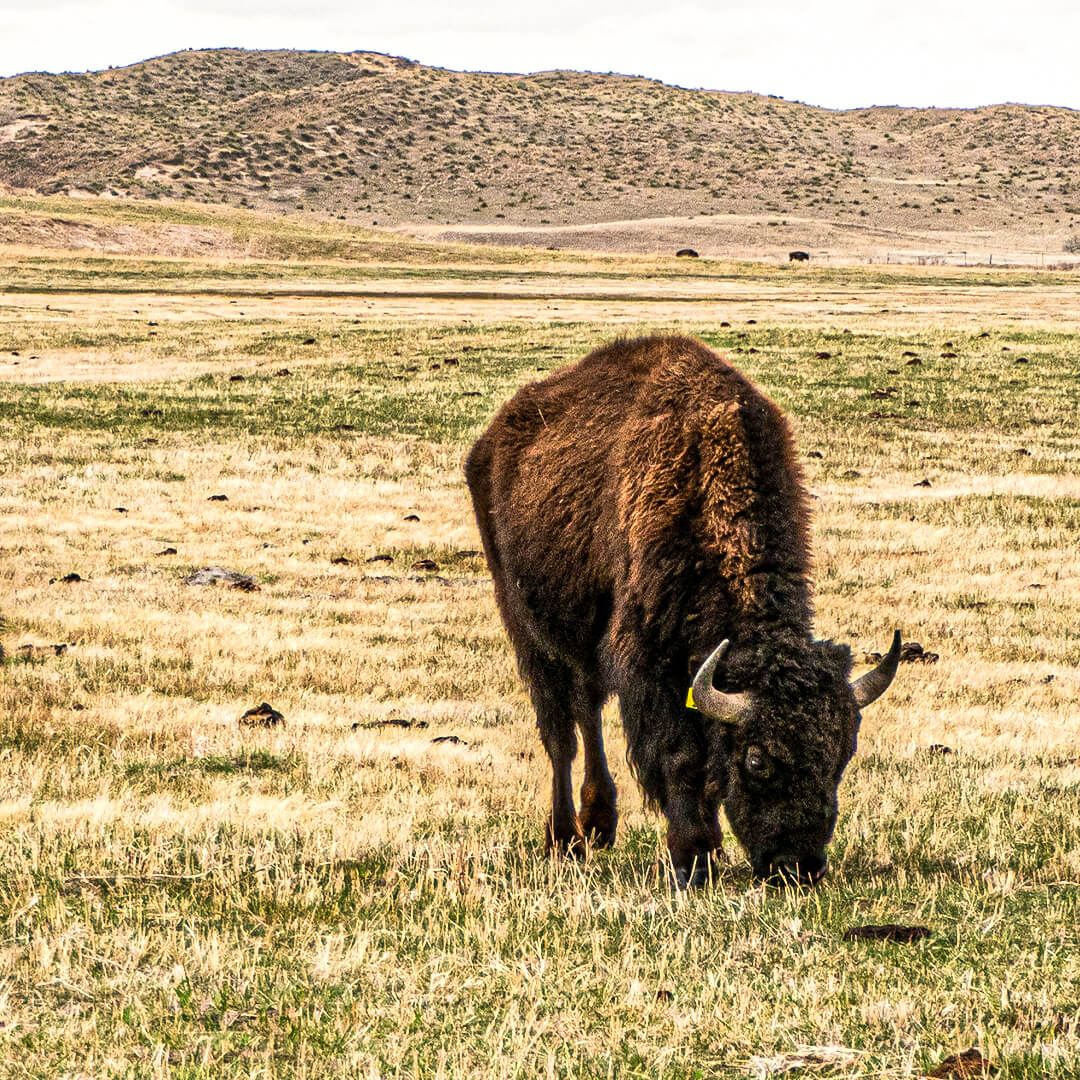Credits: Zachary Straw / Straw Photography
Meanwhile, a few curiosities need to be satisfied. Sometimes, when we tell an interesting story, it might happen that certain questions come up. It was a show … but how many people were in the audience? What does the color of the sky matter, or how vast the prairie is, if under that sky I see a herd of buffalo grazing free? For the two previous posts on the InterTribal Buffalo Council, however, the basic context had to be given, because the time it takes to travel from Myanmar to South Dakota in this Journal is merely a quick scroll.
But how wide was the prairie?
Now one may doubt it even makes sense to talk about a grazing buffalo’s thoughts. Or what happens to the blade of grass that is masticated slowly. Instead, we should talk about the great growth prospects for the protection and propagation of indigenous people in North America. Or the ancient extermination of the buffalo and certain aspects of that culture which are reflected in the present. But Il Bisonte Journal often looks elsewhere. And it opens windows where there wasn’t even a wall before.
But what was the buffalo thinking about?
Thus, when considering this rather interesting story, we wonder what’s behind all the ruminating that buffaloes spend the majority of their time doing. Aside from the physiological mechanisms, in the West, Ruminatio can also be the work of those who meditate on words. Of those who look for “flavor” and intimate ownership when they read, of those who recall words to better understand them, to ferment them in their imagination. Gazing at the grazing Wolakota herd, it’s unlikely that any native American has ever come up with a similar metaphor. From Florence, South Dakota looks like this too: an immense thought machine on the prairie. And who knows how the words of their tradition will ferment?

